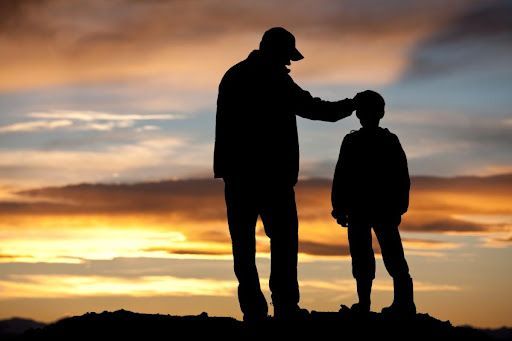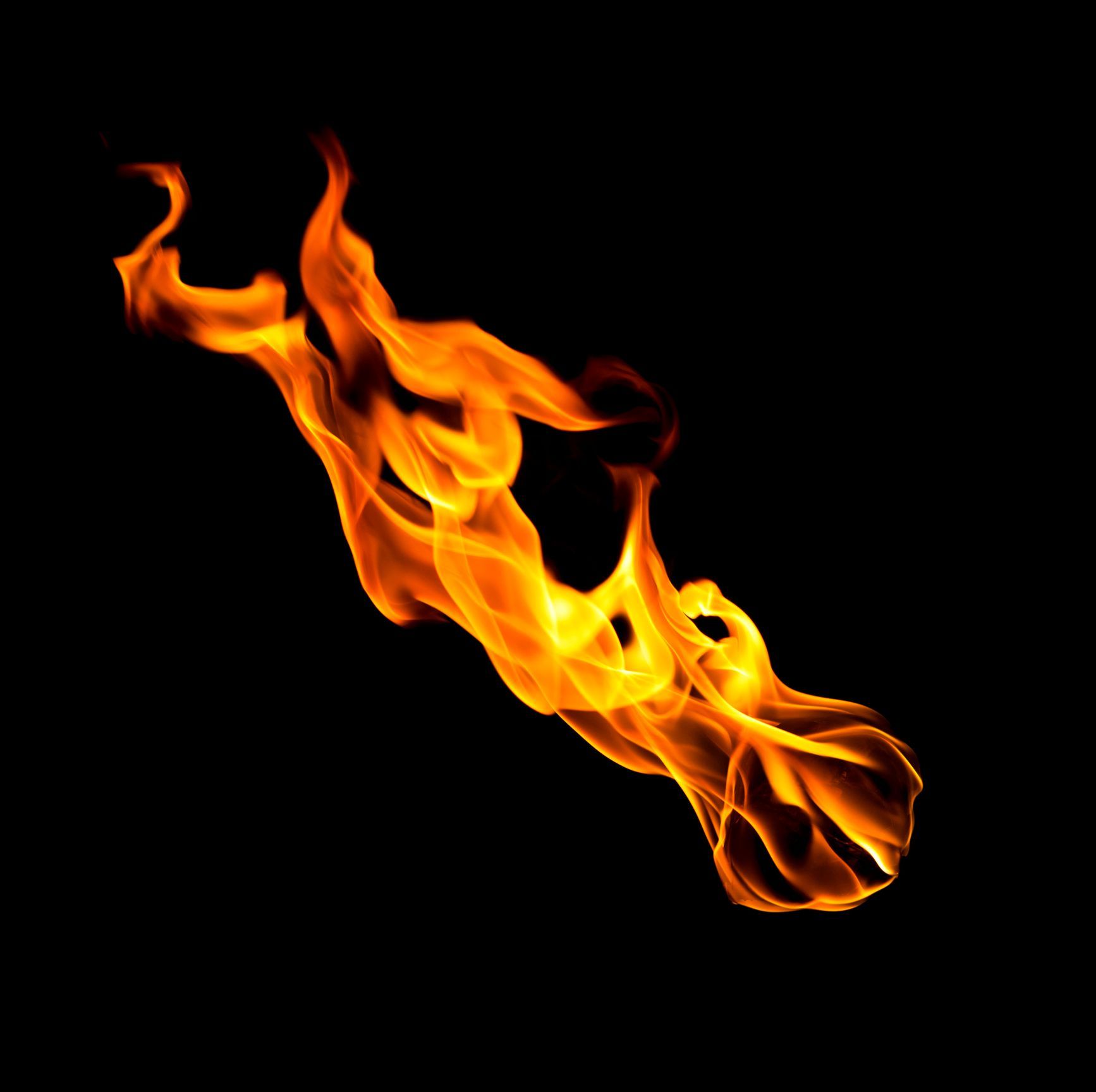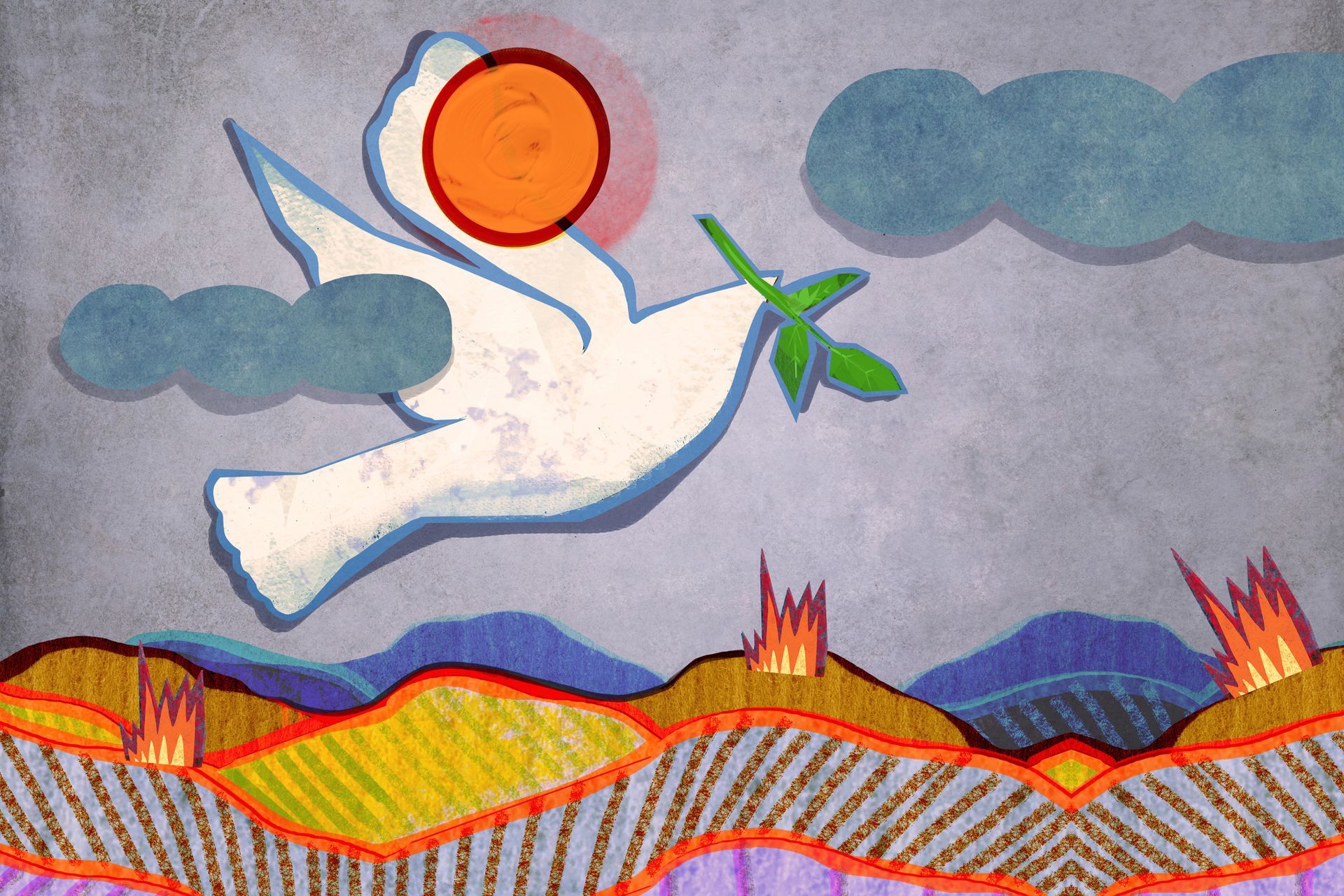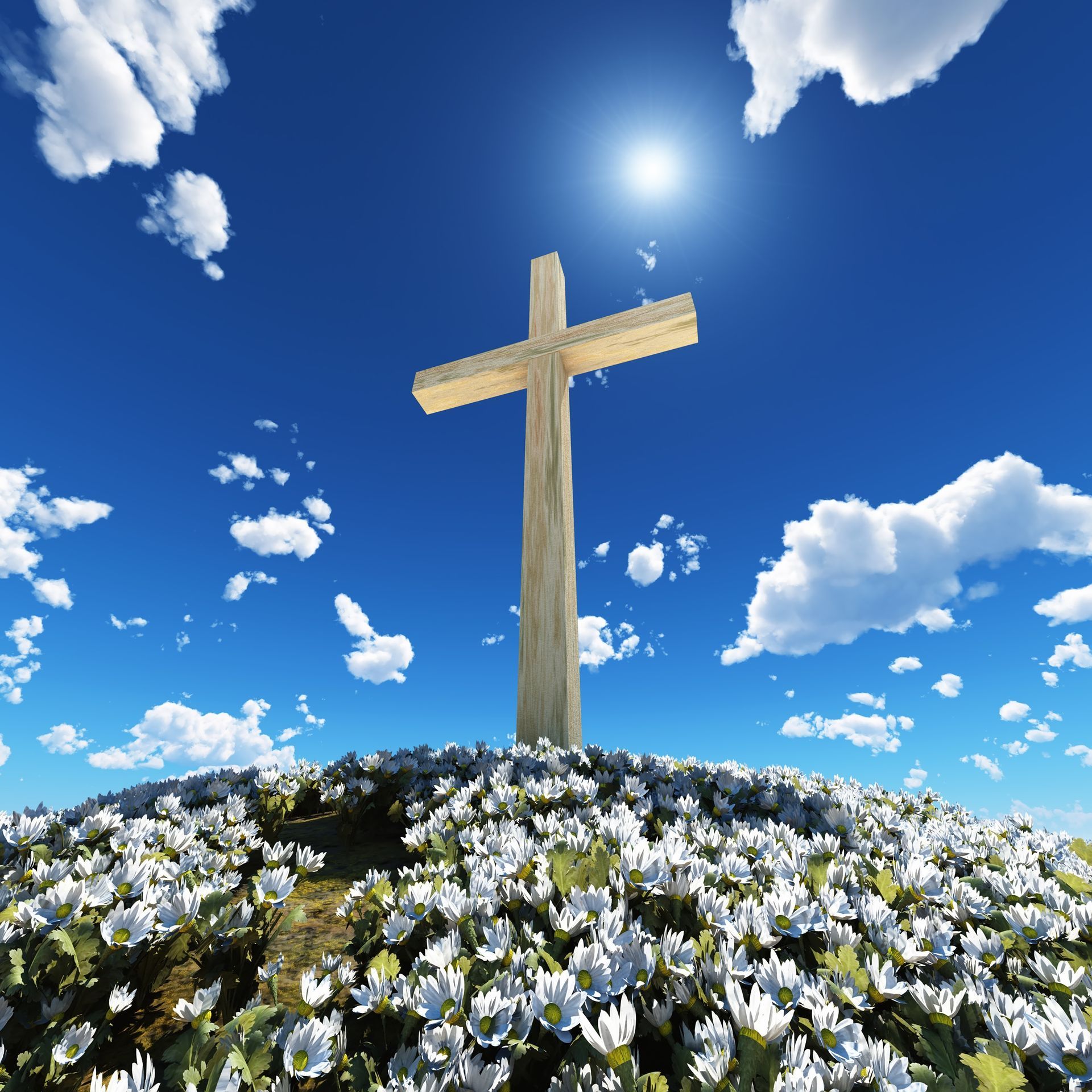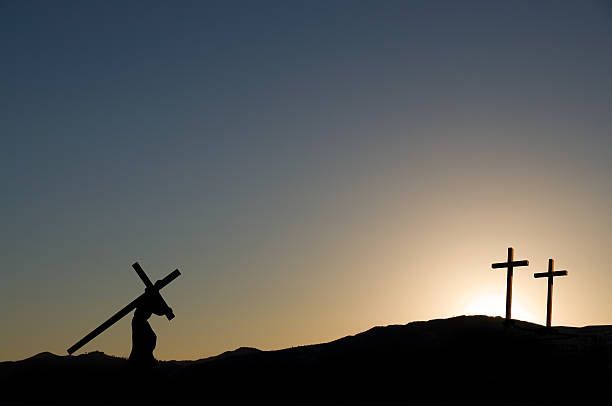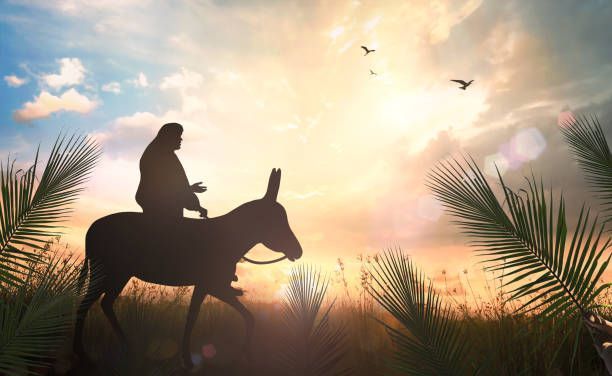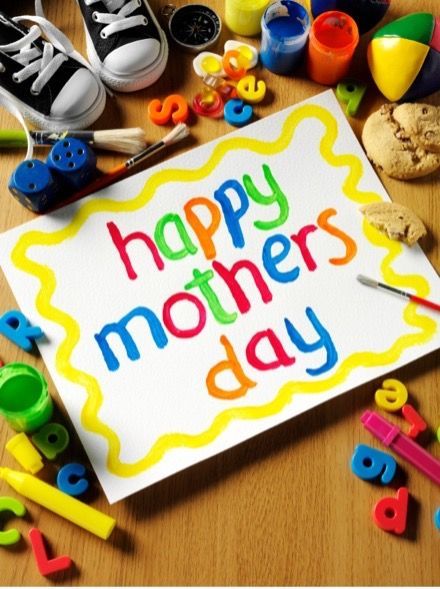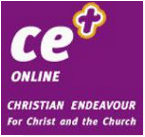I don't believe it!
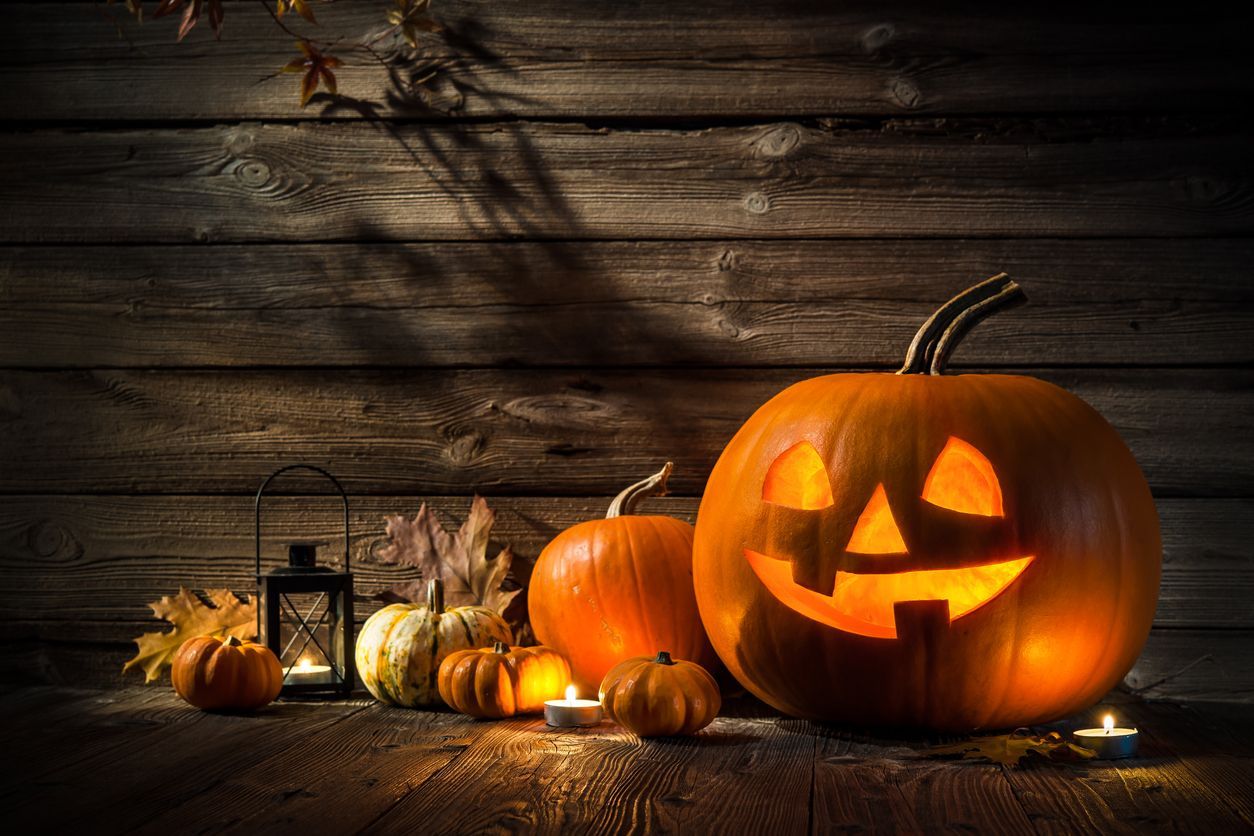
A great deal of imagination goes into inventing all sorts of weird and wonderful creatures to represent and symbolize the dark forces of evil in science fiction and in stories and programmes for Hallowe’en. Sometimes they are so fantastic that we could well follow Victor Meldrew’s repeated exclamation, ‘I don’t believe it!’
But would we be so fascinated by some of the monsters dreamed up by writers and screen technicians if we did not, somewhere in our own imaginings, harbour some fragment of belief in the possibility of these terrifying creatures and the power of evil?
There is much debate about the origin of Hallowe’en as we know it today. The Christian event started in the early 8thcentury as All Hallow’s Eve, a vigil or devotional period in preparation for All Hallow’s Day (Nov.1st), now usually called All Saints’ Day. This is the day when all the saints of the Church, known or unknown, are commemorated. This is followed by All Souls’ Day (Nov.2nd) when all the faithful departed are remembered.
Those first two days in November would be a time when the people would feel that the gulf between earth and heaven was not as vast as they normally thought. It was not difficult for the mediaeval mind to imagine that there would also be times when the opposite was true, when the veil between earth and hell had become much thinner so that demons in hell and ghosts (the souls of those they believed were in purgatory) were more easily seen.
All Hallow’s Eve became one of those times (Christmas was another). So, with the allusions to connections with pagan myths and festivals and to the occult added later, we have our present day Hallowe’en.
‘I don’t believe it!’ might be the response of many to the suggestion that Hallowe’en could have grown out of Christian beliefs but it is possible to see Hallowe’en and All Saints’ Day as two sides of the same thing. Hallowe’en is a reminder that, as Christians, we believe in the reality of evil and All Saints’ Day declares that we believe in the reality of good.
In the present world, it is no bad thing to identify the evil around us as real and to choose to do that which is good. There can be no doubt that forces of evil exist - the mass media seem to concentrate on the effects of their influence and show us the reality of evil every day; rarely do they headline the good things that are also happening.
Jesus faced all the evil of the world when He, the Greatest Good, gave up His life in love for us on the Cross at Calvary. He came to be the Light of the World (John 8.12) so that we need not walk in darkness on Hallowe’en or any other day. The powers of evil may challenge us at every opportunity but they cannot stop the love of God for us displayed on the Cross. The darkness can never overcome the Light (John 1.5).
Only a Victor Meldrew would say ‘I don’t believe it!’ to that.


